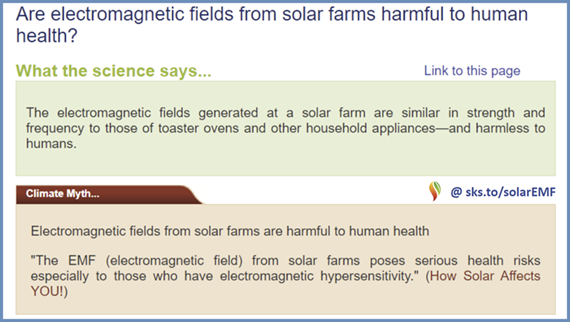Mathematics, Vol. 11, Pages 2609: Adapting Strategies for Effective Schistosomiasis Prevention: A Mathematical Modeling Approach
Mathematics doi: 10.3390/math11122609
Authors: Zadoki Tabo Chester Kalinda Lutz Breuer Christian Albrecht
One of the most deadly neglected tropical diseases known to man is schistosomiasis. Understanding how the disease spreads and evaluating the relevant control strategies are key steps in predicting its spread. We propose a mathematical model to evaluate the potential impact of four strategies: chemotherapy, awareness programs, the mechanical removal of snails and molluscicides, and the impact of a change in temperature on different molluscicide performances based on their half-lives and the length of time they persist in contact with target species. The results show that the recruitment rate of humans and the presence of cercaria and miracidia parasites are crucial factors in disease transmission. However, schistosomiasis can be entirely eradicated by combining all of the four strategies. In the face of climate change and molluscicide degradation, the results show that increasing the temperatures and the number of days a molluscicide persists in the environment before it completely degrades decreases the chemically induced mortality rate of snails while increasing the half-life of different molluscicides increases the death rate of snails. Therefore, eradicating schistosomiasis effectively necessitates a comprehensive integration of all preventative measures. Moreover, regions with different weather patterns and seasonal climates need strategies that have been adapted in terms of the appropriate molluscicide and time intervals for reapplication and effective schistosomiasis control.

 1 year ago
33
1 year ago
33

